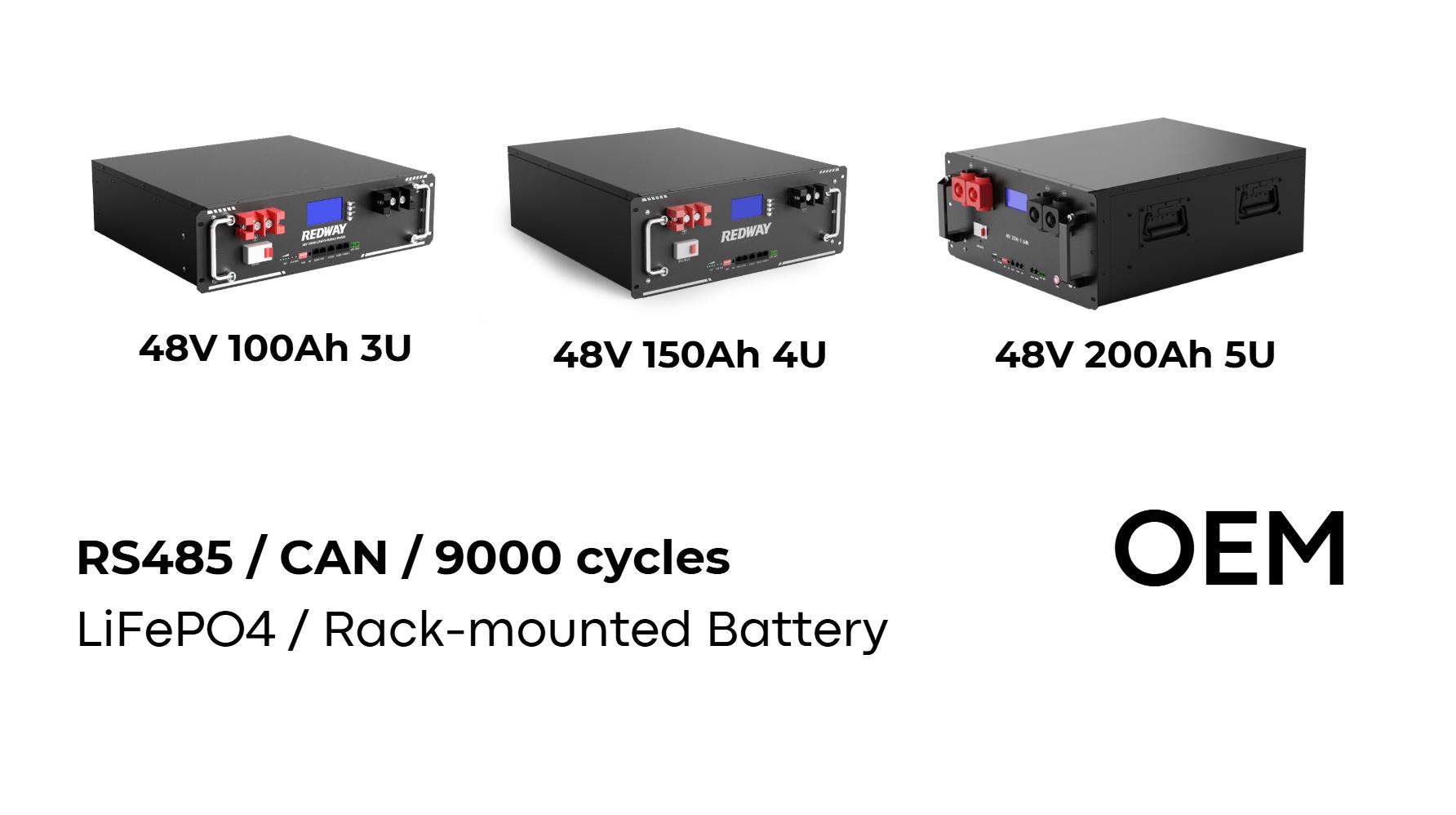Battery storage captures excess renewable energy (like solar or wind) for later use, stabilizing grids and reducing reliance on fossil fuels. It enables consistent power supply during low-generation periods, enhances energy independence, and supports decarbonization. Lithium-ion batteries dominate, but alternatives like flow and solid-state batteries are emerging. Costs are falling, making storage viable for homes, industries, and utilities.
What Are the Key Types of Battery Storage Technologies?
Lithium-ion batteries lead due to high efficiency and declining costs. Flow batteries offer scalability for grid storage, while solid-state batteries promise higher safety and energy density. Sodium-sulfur and lead-acid batteries are niche solutions. Emerging technologies like gravity storage and hydrogen-based systems complement electrochemical options, diversifying renewable energy storage portfolios.
How Does Battery Storage Stabilize Renewable Energy Grids?
Batteries balance supply-demand mismatches by storing surplus energy during peak generation (e.g., midday solar) and discharging during demand spikes or low production. This smoothens grid volatility, prevents blackouts, and integrates higher renewable shares. Frequency regulation and voltage support from storage enhance grid resilience against weather disruptions or sudden load changes.
What Are the Environmental Impacts of Battery Production?
Mining lithium, cobalt, and nickel raises ecological and ethical concerns, including habitat destruction and water pollution. Manufacturing emits CO2, but lifecycle analyses show grid batteries offset emissions within 2 years. Recycling initiatives and circular economy models aim to reduce reliance on virgin materials, with companies like Redway developing closed-loop systems.
How Cost-Effective Is Battery Storage for Home and Industry?
Residential solar+storage payback periods now average 7-10 years, aided by tax credits. Utility-scale projects hit $150-$200/kWh, competitive with gas peakers. Industries use storage for demand charge reduction and backup power, achieving ROI in 3-5 years. Falling prices and software-driven optimization (e.g., AI load forecasting) further boost ROI across sectors.
What Innovations Are Shaping the Future of Energy Storage?
Solid-state batteries could triple EV ranges and enhance grid storage safety. Iron-air batteries leverage abundant materials for multi-day storage. AI-driven battery management systems optimize performance and lifespan. “Second-life” EV batteries repurposed for grid storage reduce waste. Researchers explore organic flow batteries and thermal storage integration for seasonal renewable balancing.
How Do Government Policies Influence Battery Storage Adoption?
Tax credits (e.g., US ITC covering 30% of storage costs), renewable portfolio standards, and grid modernization funds accelerate deployment. EU’s Battery Passport mandates sustainability reporting. Emerging markets like India offer production-linked incentives. However, outdated regulations on grid interconnection and storage classification remain adoption barriers in some regions.
Expert Views
“The next decade will see storage transcend its ‘auxiliary’ role,” says Dr. Elena Torres, Redway’s Chief Energy Scientist. “We’re developing hybrid systems where batteries interact with green hydrogen and predictive grid AI. The key is standardization—uniform safety protocols and recycling frameworks to prevent a sustainability paradox. Redway’s modular batteries, for instance, allow seamless upgrades, extending lifespan beyond 20 years.”
Conclusion
Battery storage is the linchpin of renewable energy scalability, transforming intermittent sources into reliable power. While challenges like resource ethics and recycling persist, technological leaps and policy tailwinds are accelerating adoption. From homes to megawatts, storage empowers energy democracy, reshaping how we generate, distribute, and consume electricity in a carbon-constrained era.
FAQs
How Long Do Solar Batteries Last?
Most solar batteries last 10-15 years, with lithium-ion enduring 5,000-7,000 cycles. Depth of discharge (DoD) and temperature control significantly impact lifespan. Leading brands like Tesla and Redway offer 10-year warranties, guaranteeing 70%+ capacity retention.
Can Batteries Power a House During Outages?
Yes. A 10-20 kWh battery system can backup essentials (lights, fridge, Wi-Fi) for 12-24 hours. Pairing with solar extends outage resilience indefinitely in sunny climates. Systems like Redway’s PowerHub automatically island homes during grid failures.
Are Batteries Recyclable?
Over 95% of lithium-ion battery materials can be recycled. Companies like Redway and Li-Cycle use hydrometallurgical processes to recover lithium, cobalt, and nickel. EU regulations require 70% recycling efficiency by 2030. However, collection infrastructure lags, with only 5% of consumer batteries currently recycled globally.




